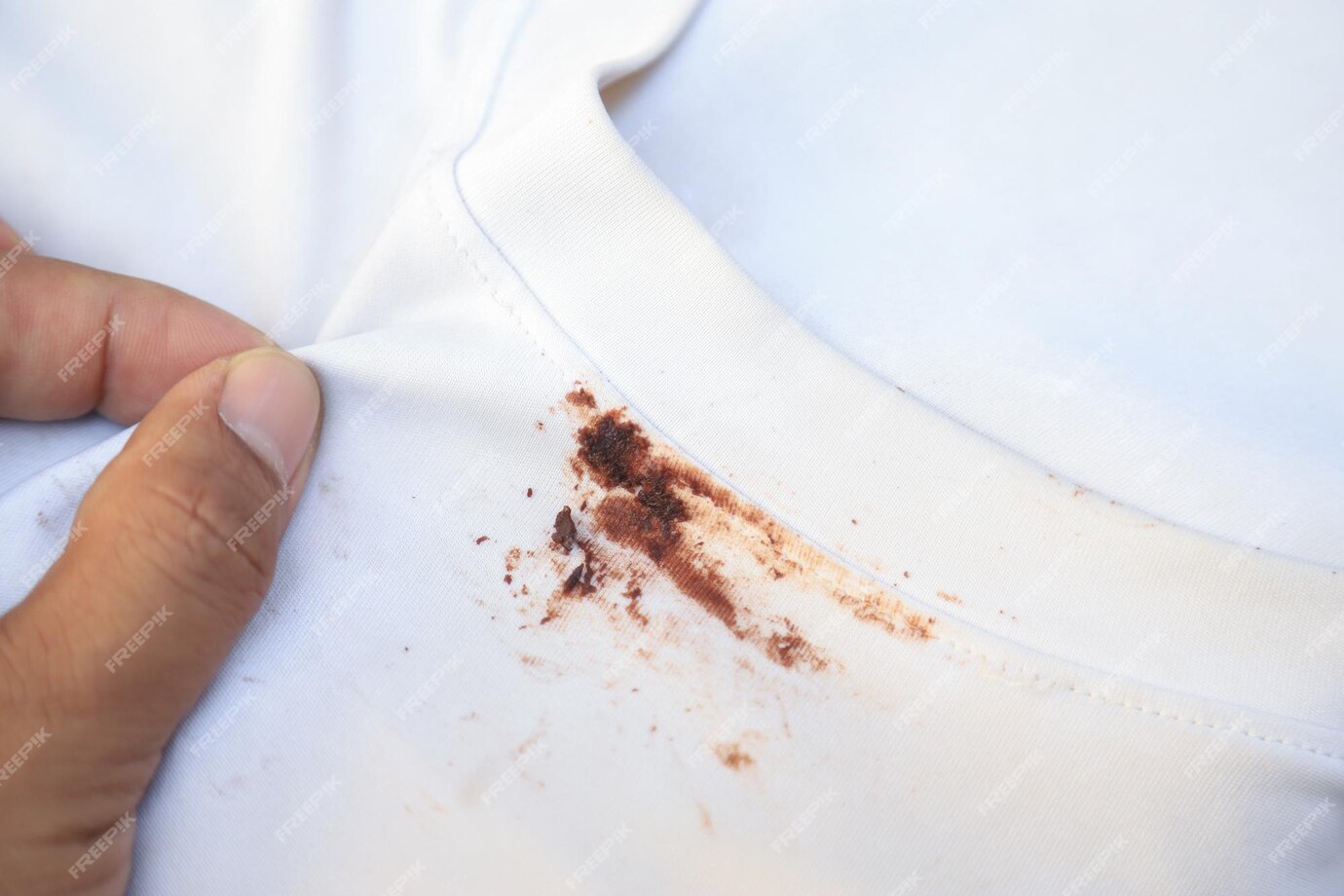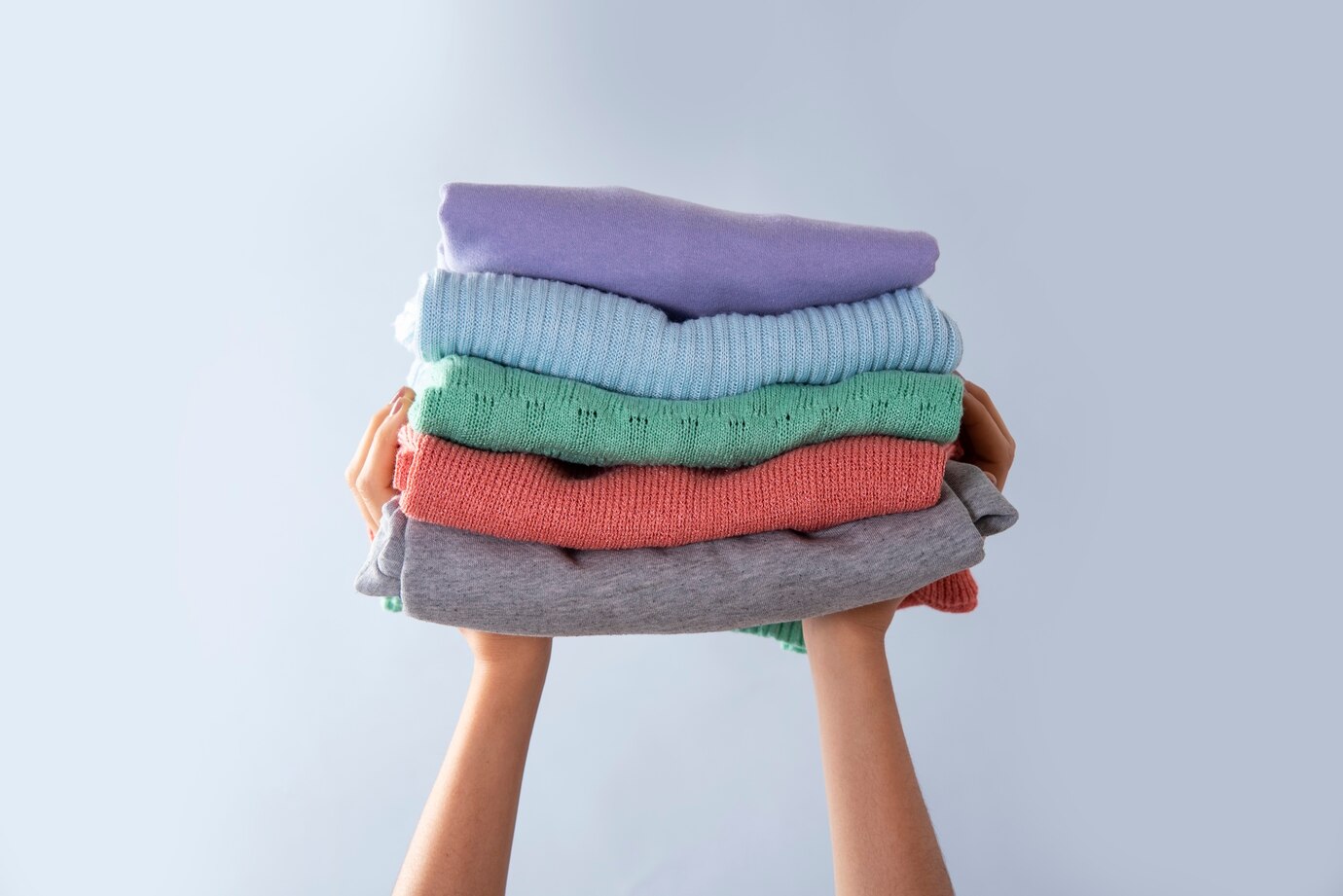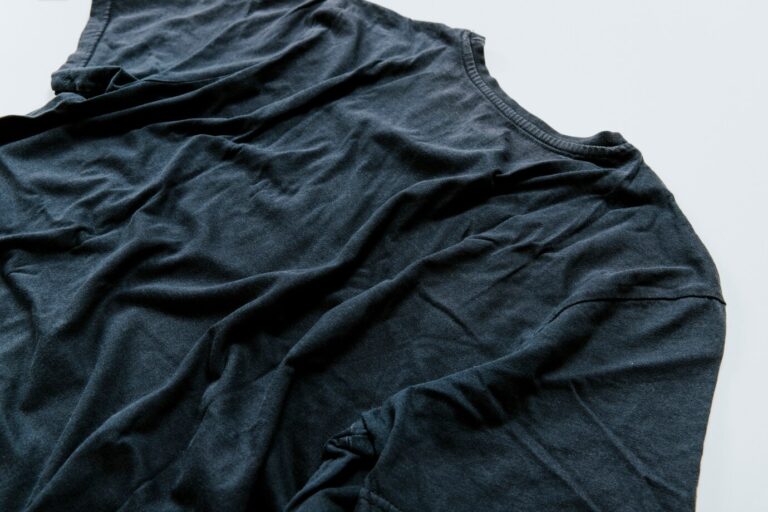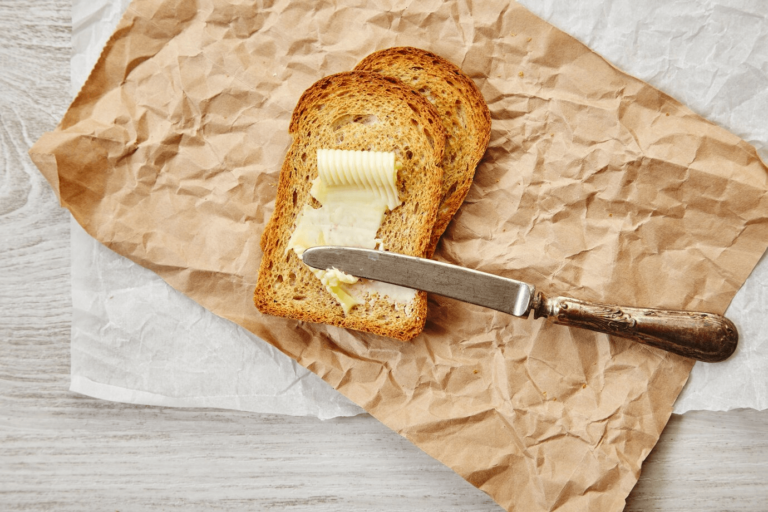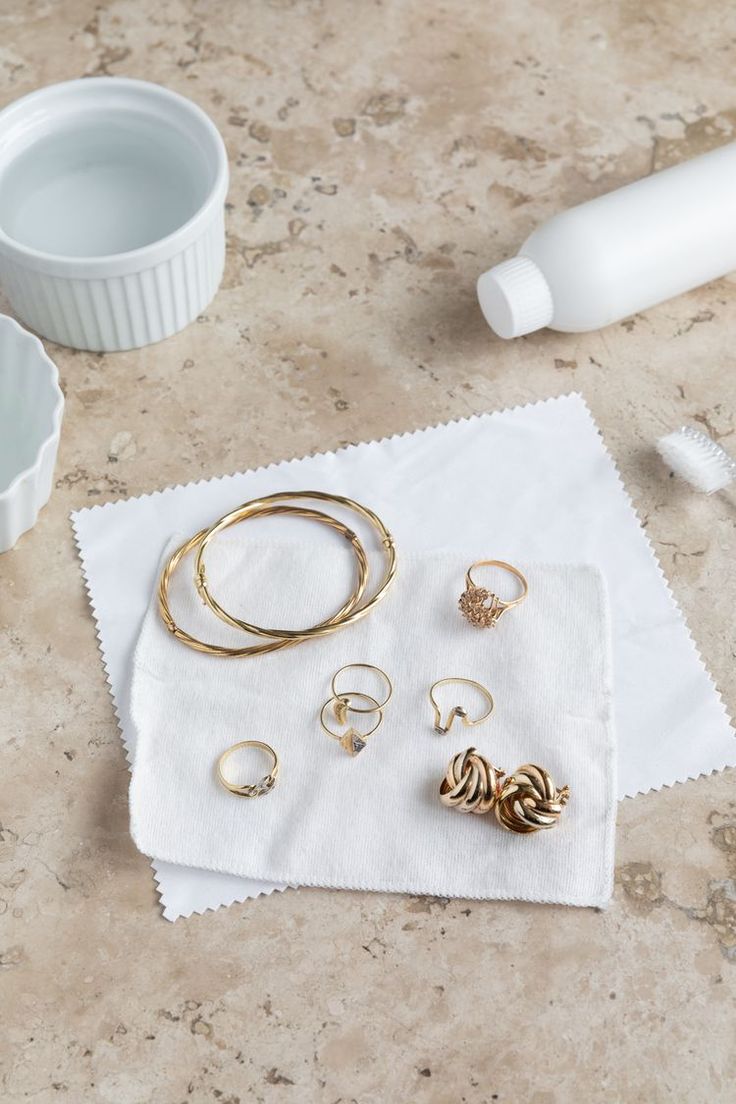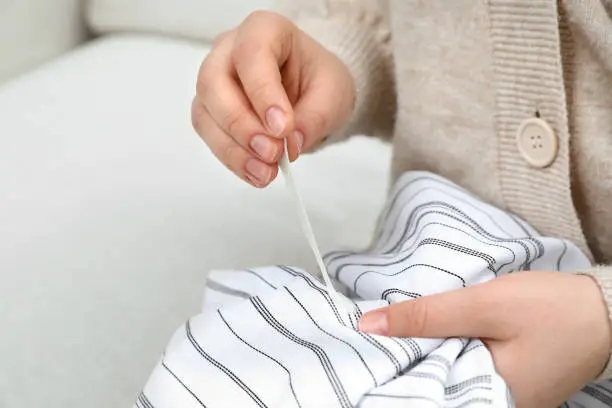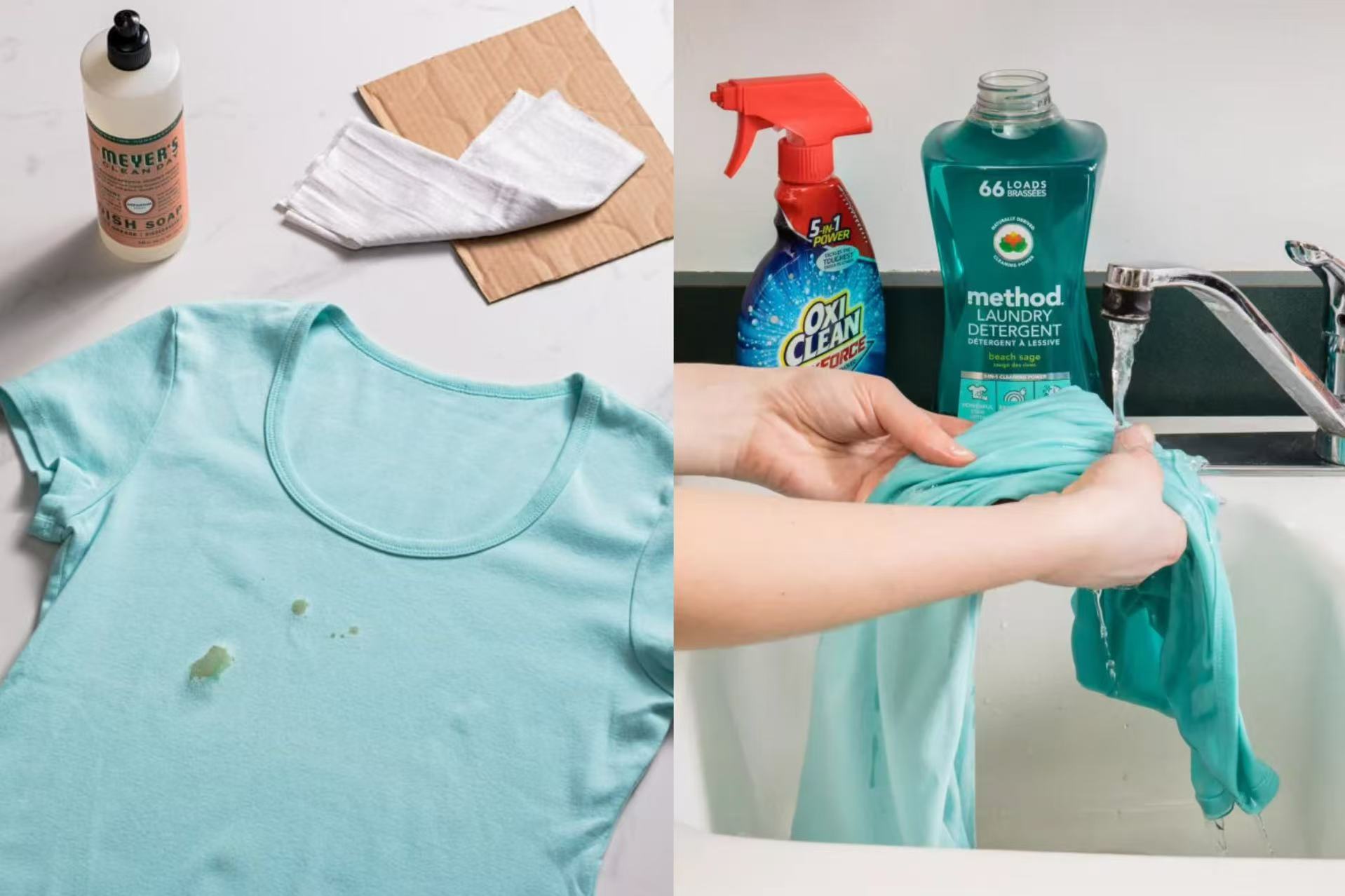
Oil stains are annoying, but not impossible to remove. Whether you’re cooking at home or dining out, oil stains can easily get on your clothes. Luckily, there are some easy ways to clean them.
Quick and Easy Oil Stain Removal
First, you need to gently soak up the oil stain with a paper towel, never rub as this will spread the stain. After soaking up as much oil as you can, sprinkle some baking soda or cornstarch, they will absorb the oil stain. Let it sit for 10-15 minutes and then use a brush to brush off the powder.
Best Home Products to Remove Oil Stain
You don’t need expensive stain removal products. Detergent is very effective. Apply a small amount of dishwashing liquid directly to the oil stain and gently rub it in. Let it sit for a few minutes and then rinse it off with warm water. If the grease stain is more stubborn, you can mix the detergent with baking soda to make a paste, apply it to the grease stain, wait a while and then rinse.
White vinegar, lemon juice and alcohol are also very effective on grease stains. Mix them with water or detergent and apply to the oil stain, brush gently and rinse off.
How to Treat Fresh Oil Stain
Fresh oil stains are much easier to remove. First blot the oil stain with a paper towel, then apply detergent or stain remover. Let it sit for a few minutes, then rinse with warm water. If the oil stain remains, repeat the process. You can also put the garment in the washing machine and wash it with a high-efficiency stain remover.
Preventing Oil Stain from Contaminating Your Clothes
To avoid oil stains, use napkins or paper towels when eating greasy food. If you are cooking, remember to wear an apron. If you accidentally get an oil stain, treat it immediately to avoid it from fixing.
Homemade Oil Stain Remover
If you prefer to make your own stain remover, mix baking soda, detergent and white vinegar in equal parts. Apply it to the oil stain, let it sit for 15-20 minutes and then rinse. Another option is to mix alcohol with water, apply it to the oil stain, absorb it and rinse it off.
